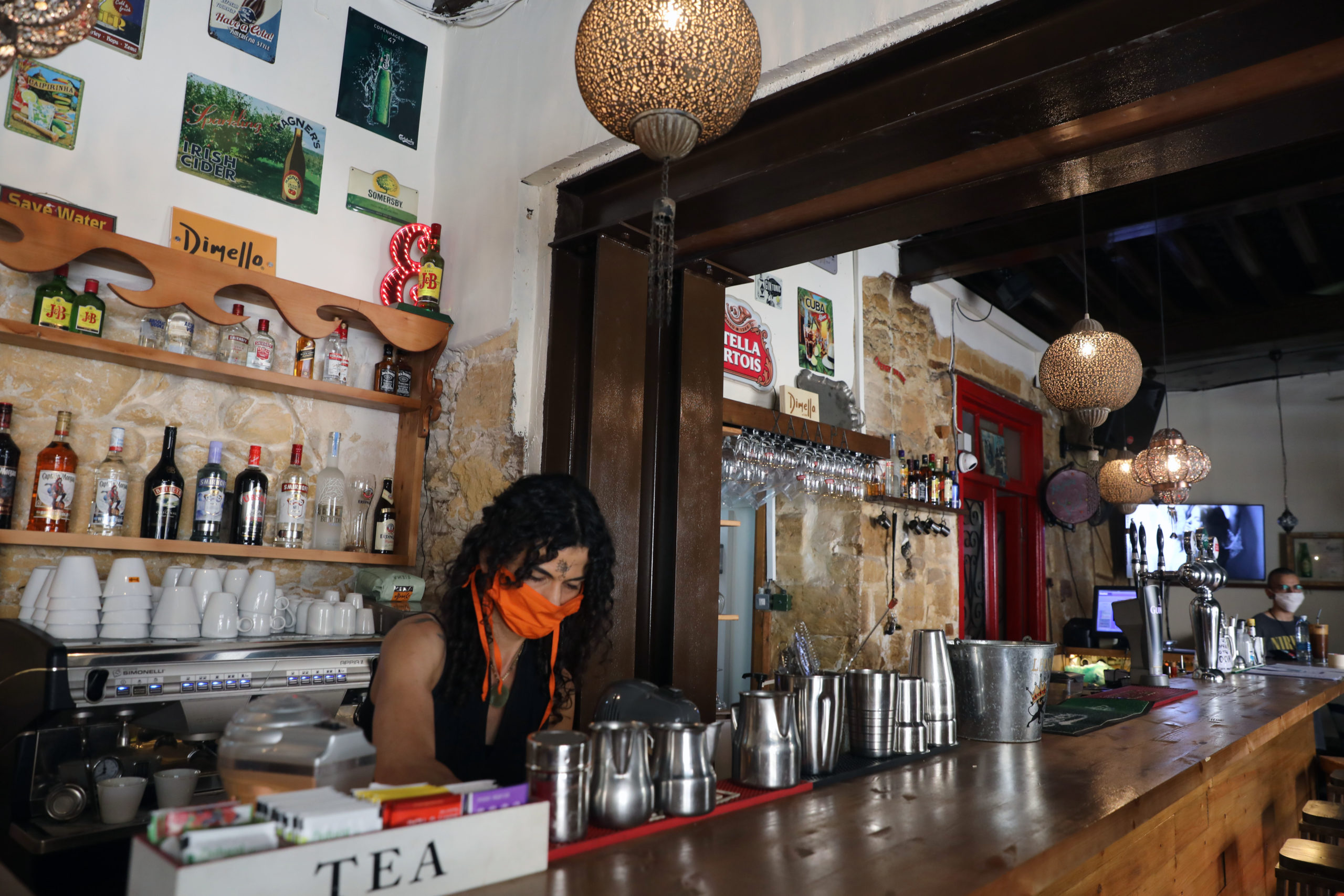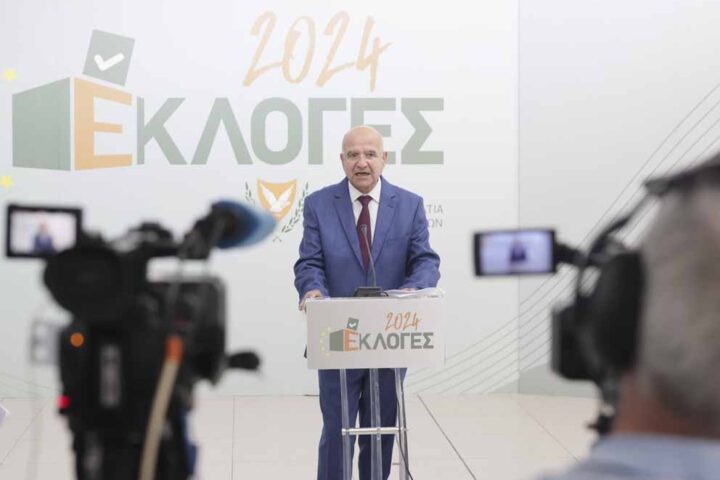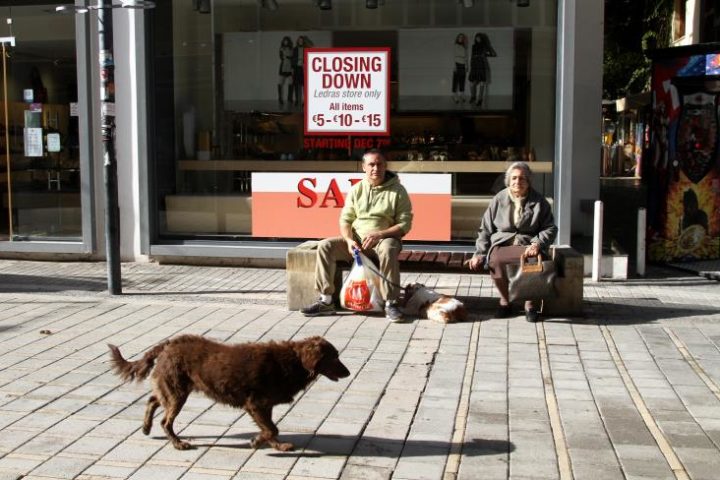In the second quarter of 2020, the job vacancy rate in Cyprus dropped to 1.2% (4172) from 2% while in the EU the level was 1.6%, official data shows.
In Cyprus, the job vacancy rate was 1.2% in April-June, down from 2.0% in the previous quarter and 1.7% in Q2 2019.
The largest job vacancy rates in Q2 were in the Sectors of Health and Social Work Activities (2.8%), Accommodation and Food Services (2.7%) and Information and Communication (1.9%).
The number of job vacancies in Q2 reached 4172, a 32.1% decrease from the same quarter last year when the number was 6141.
In Greece, the job vacancy rate was 0.3%, down from 0.4% in the first quarter.
The euro area job vacancy rate in Q2 was 1.3% in industry and construction, and 1.7% in services. In the EU, the rate was 1.4% in industry and construction and 1.7% in services.
Among the Member States, the highest job vacancy rates in Q2 2020 were recorded in Czechia (5.4%), Belgium (3.1%) and Austria (2.6%).
In contrast, the lowest rates were observed in Greece (0.3%), as well as in Ireland, Spain, Poland, Portugal and Romania (all 0.7%).
Compared with the same quarter of the previous year, the job vacancy rate fell in 25 Member States, remained stable in Bulgaria and increased in France (by 0.1 percentage points).
The largest decreases were registered in Malta (-1.6), Germany (-1.2), Latvia and the Netherlands (both -1.0).
In Q2 2020, hourly labour costs rose by 4.2% in the euro area, by 4.1% in the EU and decreased by -8.6% in Cyprus and by -2.9% in Greece on an annual basis.
The two main components of labour costs are wages & salaries and non-wage costs.
In the euro area, the cost of wages & salaries per hour worked grew by 5.2% and the non-wage component grew by 0.8% in Q2 compared with the same quarter last year.
In Q1 2020, the annual changes were +3.9% for wages & salaries and +3.1% for the non-wage component.
In the EU, the costs of hourly wages & salaries increased by +5.3% and the non-wage component rose by +0.1% in Q2.
In the first quarter of 2020, annual changes were +4.1% and +3.3% respectively.
In both the EU and the euro area, the increase in hourly wage costs indicates that the decrease in the number of hours worked, due to the COVID-19 crisis, was not fully compensated by a matching decrease in wages.
This increase in hourly wage costs was partly compensated by the moderate increase in the non-wage component, due to tax reliefs and subsidies introduced by EU governments to support enterprises affected by the crisis.










